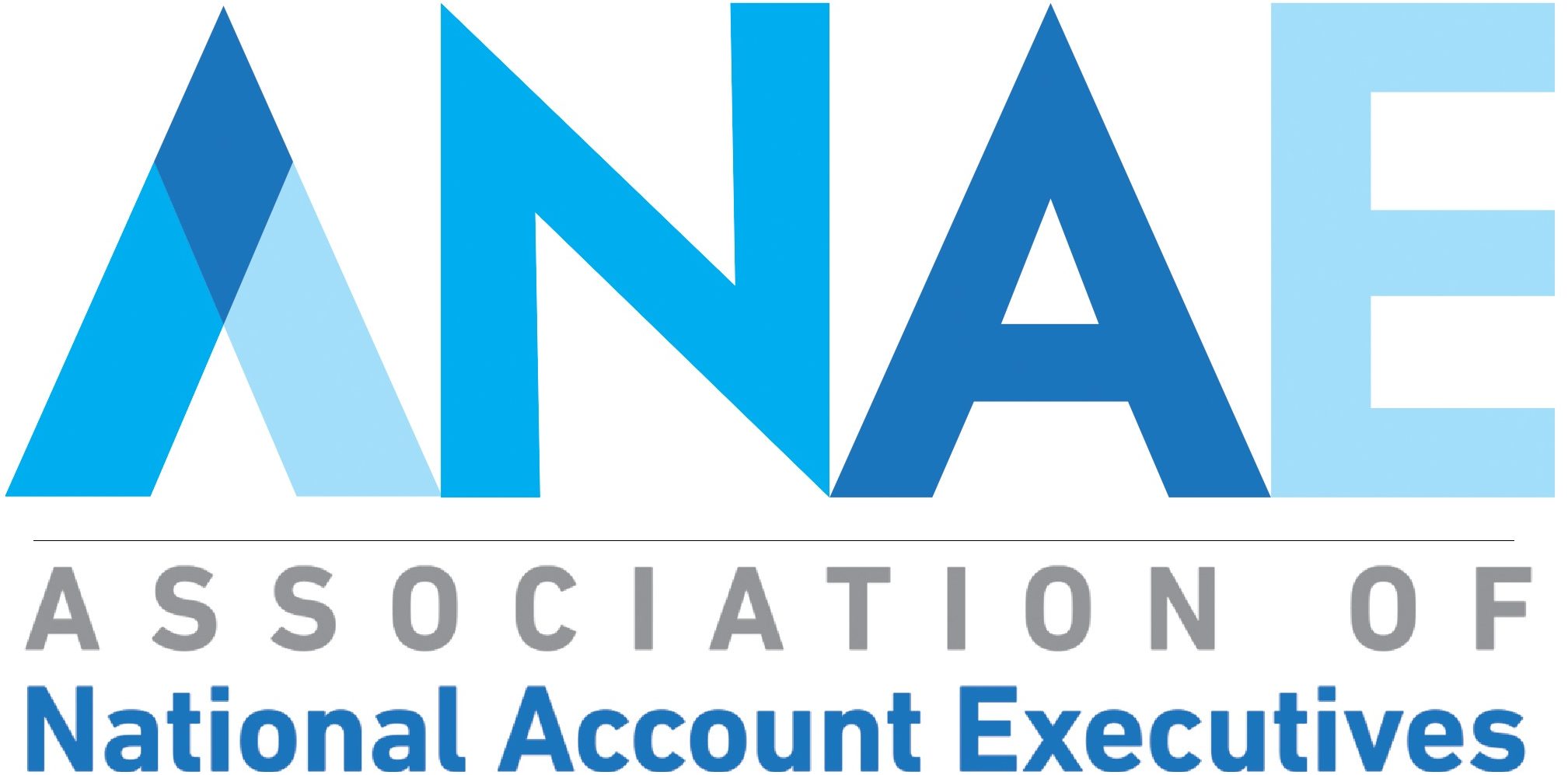Mike Williams of CHC Speaks at Market Insights Meeting
Mike Williams is the founding president and CEO of Plano, Texas-based Community Hospital Corporation (CHC) and a frequent national speaker on the preservation of community hospitals. In 2014, he received the Texas Hospital Association’s highest honor, the Earl M. Collier Award for Distinguished Health Care Administration. Williams was the 2010 chairman of the board of the Texas Hospital Association, a past regent with the American College of Healthcare Executives, and a member of the American Hospital Association’s Regional Policy Board 7.
Community Hospital Corporation was founded 18 years ago by 13 VHA Inc member organizations to preserve community-based hospitals. CHC has grown considerably since its founding and now has three operating divisions through which it provides consulting, management, and ownership services for hospital clients in more than 25 states. CHC is recognized as a national leader in advancing community-owned hospitals.
Williams recently spoke at The Journal of Healthcare Contracting’s Market Insights Supply Chain Forum. He presented an overview of the current state of the healthcare industry, with a particular focus on the effectiveness of the affordable care act to improve healthcare access and support the industry as a whole.
The Affordable Care Act
Williams spoke about the expansion of Medicaid and the increase in enrollment in exchanges. He presented information from a study published in June 2014 by the Colorado Hospital Association that analyzed 465 hospitals across 30 states – 15 which had expanded Medicaid and 15 which had not. Interestingly, Medicaid proportion of patient volume at hospitals in expansion states increased substantially and the proportion of self‐pay and charity care in those states declined significantly, indicating that previously-uninsured patients are now enrolled in Medicaid. In the states where the ACA had been promoted and which had accepted federal funding to expand the program, Medicaid, self‐pay, and charity care significantly decreased. However, in non-expansion states, Medicaid, self-pay, and charity care remained unchanged.
He shared insight regarding the significant improvement in the stocks of several investor-owned healthcare companies in Q4 2014. “One of the reasons that analysts suggest that that up-tick took place… was the fact that bad debts and charity care in the hospitals that those institutions served had significantly decreased, and that decrease was related to the implementation of the Affordable Care Act,” said Williams.
“I guess I would say to you that, representing the industry that sells things to hospitals and other healthcare providers, to the extent that there’s less bad-debt and [therefore] more money to spend, there might be an opinion that this thing called the Affordable Care Act isn’t so bad and has been somewhat successful in bringing coverage to those who otherwise were not covered and who still came to the institutions for care.”
ACOs and Population Health Management
“Why have we gone to this concept of accountable care organizations; value versus volume? One thing: The cost of healthcare is not sustainable.” Williams stressed the importance of understanding population-health management and how it has worked as a driving factor behind so many mergers and consolidations. “We work in a country where we are economically maligned relative to reaching an outcome that is in the interest of the most cost effective delivery of care.” The solution, he said, lies in figuring out the system of healthcare delivery that will economically align the incentives of all the players in the delivery system. “There has got to be a reduction in cost relative to the efficiencies that come forth through consolidation.”
One way in which organizations are trying to get a handle on population health management is through ACOs. He observed that while nearly half of all ACOs operating in the first year did not reduce spending in any fashion, and in fact, only about a quarter of ACOs in that period managed to earn shared savings.
But Williams hasn’t given up on the ACO model yet. He contends that the primary factor in the success of an ACO is its access data and its ability to analyze that data. “What can we do if we standardize care to the point where we know what to expect if we treat a patient in [a given] fashion?” he asked. “Knowing what to expect, we begin to be able to take on risks for the total healthcare responsibility for a defined population of individuals.”
Company Culture
The harmony and alignment that Williams said is necessary to create a strong and sustainable system must be in place at every level. Woven throughout Williams’ entire presentation was the emphasis on creating a strong company culture. An often overlooked reason why mergers and acquisitions fall apart is due to “incompatible cultures,” said Williams. He defined a company’s culture as “the behavioral manifestation of a set of agreed upon core values. It makes it possible for both managers and employees to share the same set of values and to work toward the same goal. It allows the company to capitalize on the individuality of the employees and to create a synergy for the benefit of the customers.”
Ultimately, it all comes down to getting every single piece in the industry aligned around and focused in one direction. “[Healthcare] continues to be a service industry. We all exist, not just to make money for the organizations we work for but to bring care in some fashion to people who are in need. And that should be the bottom line, common denominator for …everyone who works in this industry. And that is reflected in the culture of the organization with whom you work.”
Williams left the audience with the following three challenges:
1) Make sure your organization has a clear, well-known mission statement.
2) Make sure that everyone knows your organization’s core and aspirational values.
3) Make sure that the the organization’s vision is inspirational, directional, and measurable.
